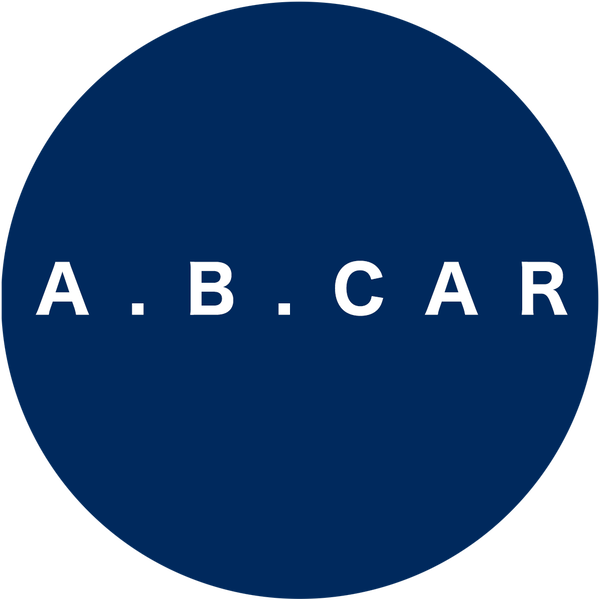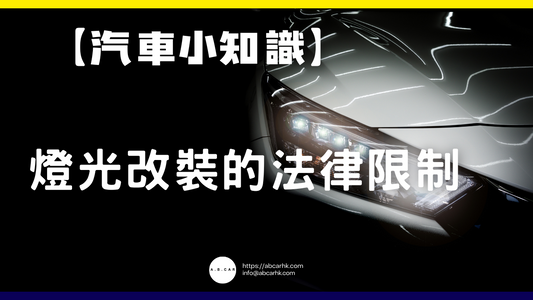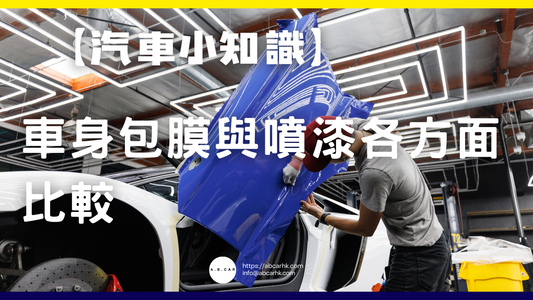【Common Diseases】Cataract

Cataract Treatment Guide (Hong Kong Edition)
Cataracts are an eye disease that causes clouding of the lens, leading to decreased vision. The lens is originally transparent and responsible for focusing light onto the retina. However, with aging or other factors, the protein structure of the lens changes, causing it to become cloudy. This prevents light from passing through properly, resulting in blurred vision, light sensitivity, and a yellowish or faded color.
In Hong Kong, cataract is one of the most common causes of blindness , especially among people aged 60 and above. According to the Hong Kong Department of Health, tens of thousands of elderly people in Hong Kong undergo cataract surgery every year.
As an editor, I have compiled the latest information on ophthalmology specialists in Hong Kong and internationally, providing you with in-depth analysis of treatment options, surgical options, costs, and rehabilitation priorities.
1. Causes and High-risk Groups
Cataracts can be caused by:
- Senile cataracts (most common): natural degeneration related to age
- Traumatic cataract : eye injury
- Concurrent cataracts : caused by other eye diseases (such as glaucoma, retinal diseases) or systemic diseases (such as diabetes)
- Drug-induced cataracts : long-term use of steroids
- Congenital cataracts : present at birth or in childhood
High-risk groups include:
- Elderly people aged 60 and above
- Long-term exposure to strong light or ultraviolet rays
- Diabetic patients
- Long-term smokers or alcoholics
- Have a family history of the disease
2. Non-surgical treatment (early management)
In the early stages of cataracts, when the opacity is mild and vision is not greatly affected, doctors generally do not recommend surgery immediately, but instead delay deterioration through lifestyle adjustments.
1. Improve living environment
- Increase lighting brightness
- Use a magnifying glass or electronic device to magnify text
- Avoid driving at night (due to the significant glare)
2. Prescription glasses
- Change your prescription to improve your vision
- Sunglasses and UV-blocking lenses can reduce UV damage
3. Control related diseases
- Stabilize blood sugar (for diabetics)
- Avoid long-term use of steroid medications (if necessary, use under doctor's supervision)
Currently, there are no medications or eye drops that can reverse cataracts, and all non-surgical methods can only temporarily improve vision quality.
3. Surgical treatment (the only effective method)
When cataracts affect daily life, such as insufficient vision for reading, driving, or walking, surgery is the only effective treatment.
1. Principle of the operation
- Removal of cloudy lens
- Intraocular Lens (IOL) implantation
2. Common surgical procedures in Hong Kong
Phacoemulsification
- Through a tiny incision, ultrasound is used to break up the cloudy lens and suck it out, and then an artificial lens is implanted.
- Small incision (about 2-3 mm), no sutures required, fast recovery
- Currently, most public and private hospitals in Hong Kong use this technology
Femto Laser-Assisted Cataract Surgery
- Laser is used to complete incision and lens segmentation with higher accuracy
- Higher fees, mainly provided in private hospitals
IV. Intraocular Lens (IOL) Selection
In Hong Kong, there are many options for intraocular lenses, with significant differences in price and function:
| type | Function | Suitable for people | Approximate cost (private) |
|---|---|---|---|
| Monofocal lenses | Fixed focal length (far or near) | Those who don't mind being dependent on glasses | Approximately $0 (public hospital) to $5,000 |
| Multifocal lenses | Provide multiple focal lengths (far, medium, near) at the same time | Want to wear glasses less | About $10,000-$20,000 |
| Toric IOL | Correcting astigmatism | Patients with significant astigmatism | About $8,000-$18,000 |
Public hospitals provide free selection of basic monofocal lenses, while private hospitals can choose high-end lenses according to demand.
5. Surgical Procedure and Recovery
- Preoperative examination : vision test, intraocular pressure measurement, corneal and lens power measurement
- Anesthesia : Most often local anesthesia (eye drops or injection)
- Operation time : about 15-30 minutes
-
Postoperative care :
- Use eye drops (antibiotics, anti-inflammatory drugs) on time
- Avoid rubbing your eyes and avoid dirty water entering your eyes
- Follow up with doctor's instructions
6. Hong Kong’s Medical Resources and Costs
public hospitals
- Cost : Hospitalization and surgery costs approximately HK$100 (free for those receiving Comprehensive Social Security Assistance)
- Waiting time : From several months to more than a year, depending on the urgency of the condition
private hospitals
- Cost : Single eye surgery including IOL costs approximately HK$15,000-HK$40,000 (depending on the type of lens and doctor's fees)
- Advantages : short waiting time, optional high-end crystals
7. Prevention and daily protection
- Wear UV-blocking sunglasses
- Control blood sugar and blood pressure
- Eat a balanced diet (rich in foods containing antioxidants, such as dark-colored vegetables)
- Regular eye exams (especially for those over 40)
💬Editor’s note :
Cataracts don't worsen overnight; they develop gradually. Many elderly people believe it's safer to wait until cataracts are fully developed before undergoing surgery. Modern surgical techniques, however, allow for surgery in the early and middle stages of the disease, with low risk and rapid recovery. Especially in Hong Kong, waiting until the disease is too advanced can make surgery more difficult and potentially compromise vision recovery.
⚠️ Disclaimer <br>This article is for reference only and does not constitute any medical advice. It is sourced from major medical articles.



